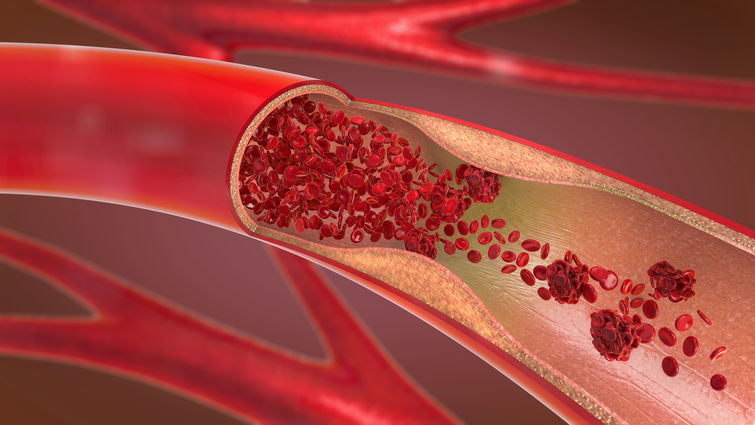
Blockage in the arteries can cause a myriad of problems for heart and cardiovascular health. Understanding the fundamentals of one of the main causes of heart attacks or sudden death is key to protecting your long-term heart health.
Coronary artery disease is one of the leading causes of heart attacks. It is a disease caused by plaque buildup due to high cholesterol levels over long periods of time. Cholesterol levels can be controlled by several different factors, such as the type of foods a patient eats, lack of exercise, genetics and the way a patient’s liver metabolizes it.
Aditya Bharadwaj, MD, an interventional cardiologist at Loma Linda University International Heart Institute, who specializes in performing complex coronary and peripheral interventions and transcatheter aortic valve replacement (TAVR), says when a patient is diagnosed with coronary artery disease, it can mean danger for their heart.
“The disease can cause angina — chest pain caused by reduced blood flow to the heart — which may be lifestyle-limiting,” Bharadwaj says. “A more serious consequence of the disease is a heart attack, which occurs due to an artery abruptly closing down. This can sometimes even result in sudden death.”
This disease does not have to be something that sneaks up on you or confuses you. Bharadwaj says he often works with patients who are surprised when they learn they have the disease.
Here are four false assumptions Bharadwaj often hears from his patients that he wants to clarify in hopes of saving your life.
- Being thin means I will not have coronary artery disease. This is a very common myth he hears from his patients. People who are not overweight can also have the disease in the presence of other risk factors such as hypertension, diabetes, smoking and family history.
- I am too young to have heart disease. Plaque actually starts forming in arteries from childhood. The presence of cholesterol abnormalities, diabetes, hypertension and family history increases risk of the disease in youth.
- Women are less prone to coronary artery disease. It’s a myth that men are more prone to the disease. Risk in women after menopause quickly catches up with that of men, Bharadwaj says. In fact, data suggests that more women over 60 die of cardiovascular disease — a result of coronary artery disease — than men. Unfortunately, women who present with heart attacks fare worse than their male counterparts, he adds.
- The causes of coronary artery disease are widely understood. One lesser-known cause of the disease is former radiation treatment. If you have had radiation to the chest as a treatment for certain types of cancers, it increases your risk of having this condition, Bharadwaj says. These patients need to be screened more aggressively for coronary artery disease.
Most importantly, if you only take one point from Bharadwaj’s insights, he asks that above all else remember to get yourself checked for the risk factors of coronary artery disease. This includes risk of hypertension, diabetes and high cholesterol.
If you would like to partner with a physician to learn more about the disease, visit the Loma Linda University International Heart Institute’s website or call to schedule an appointment at 1-800-468-5432.
